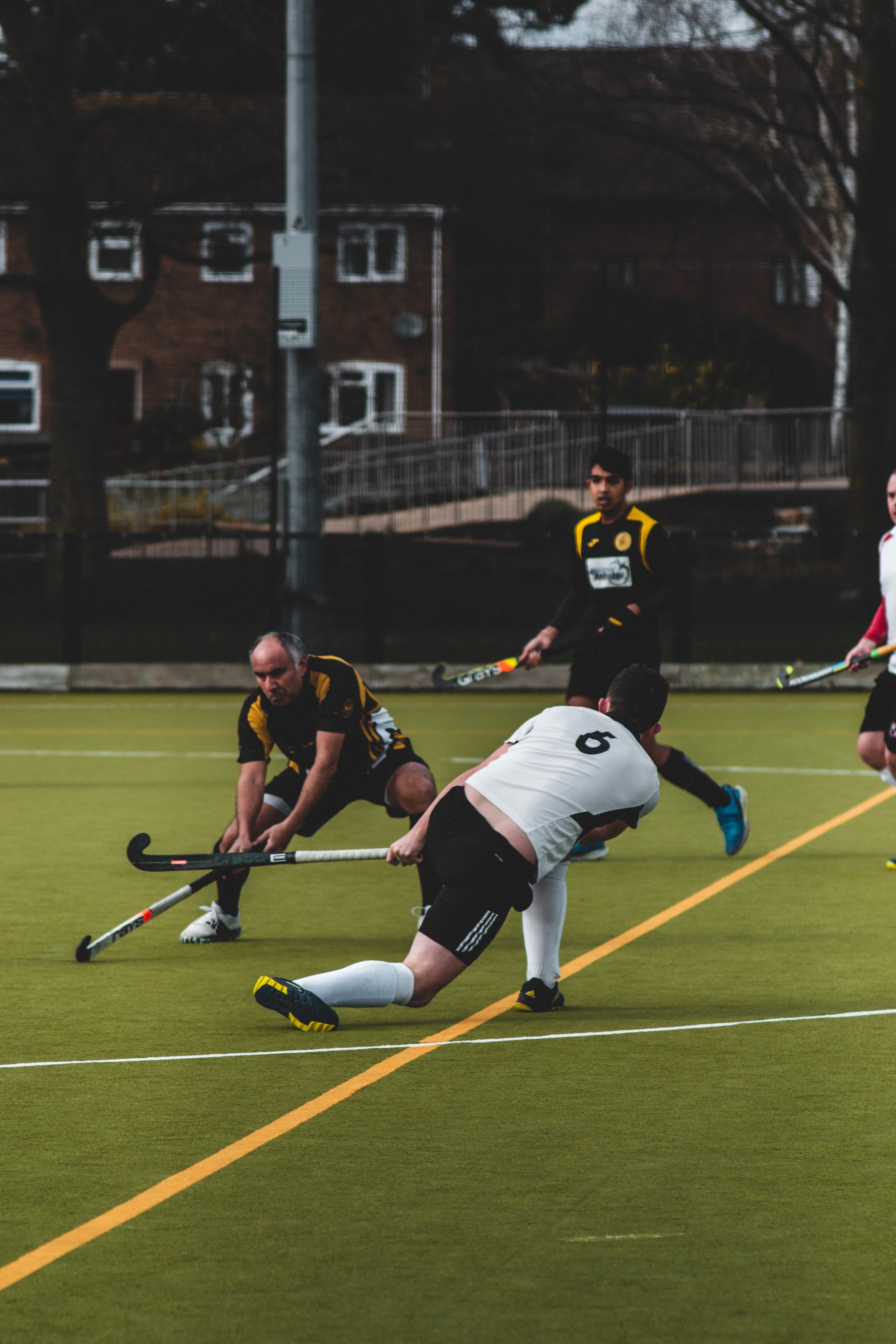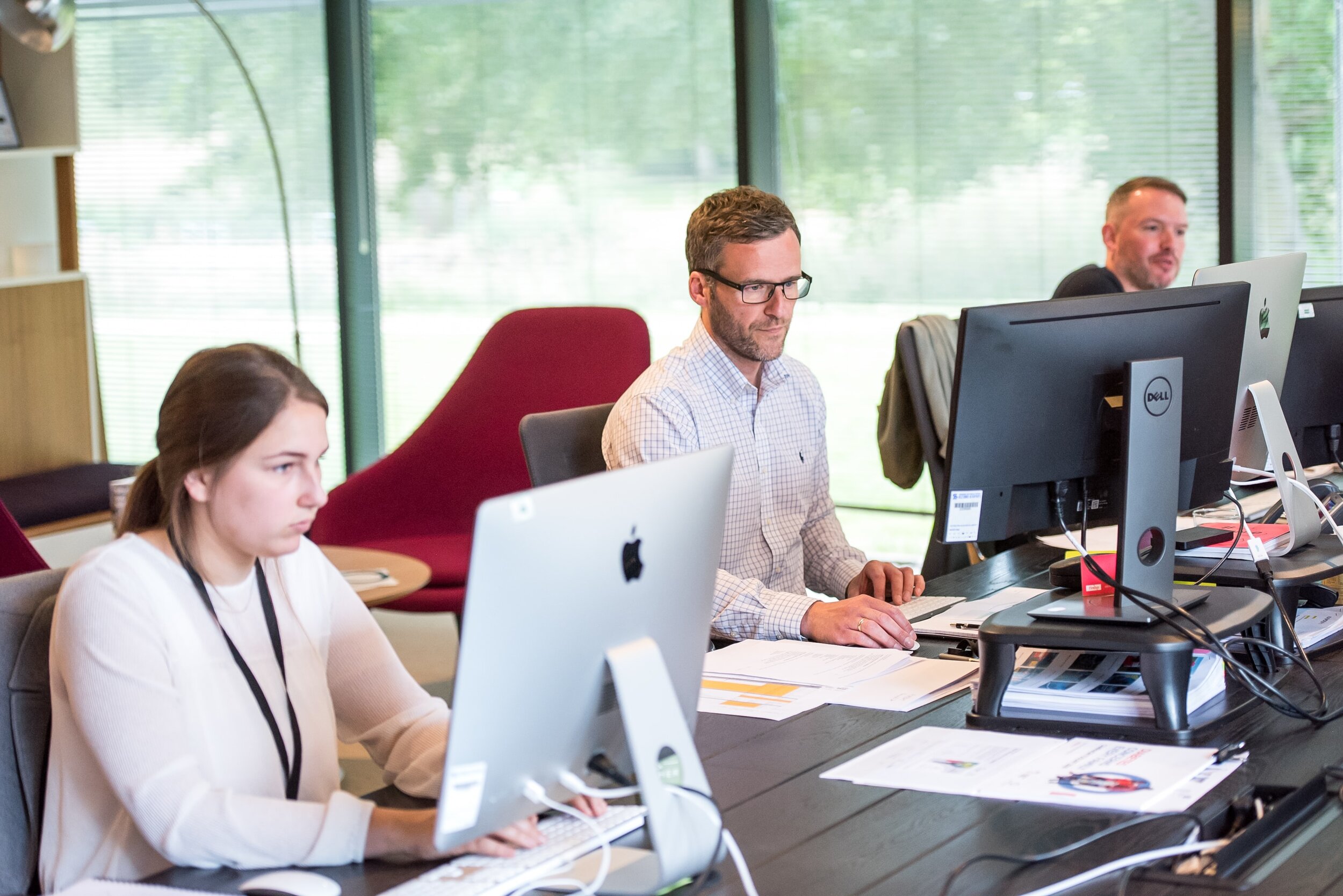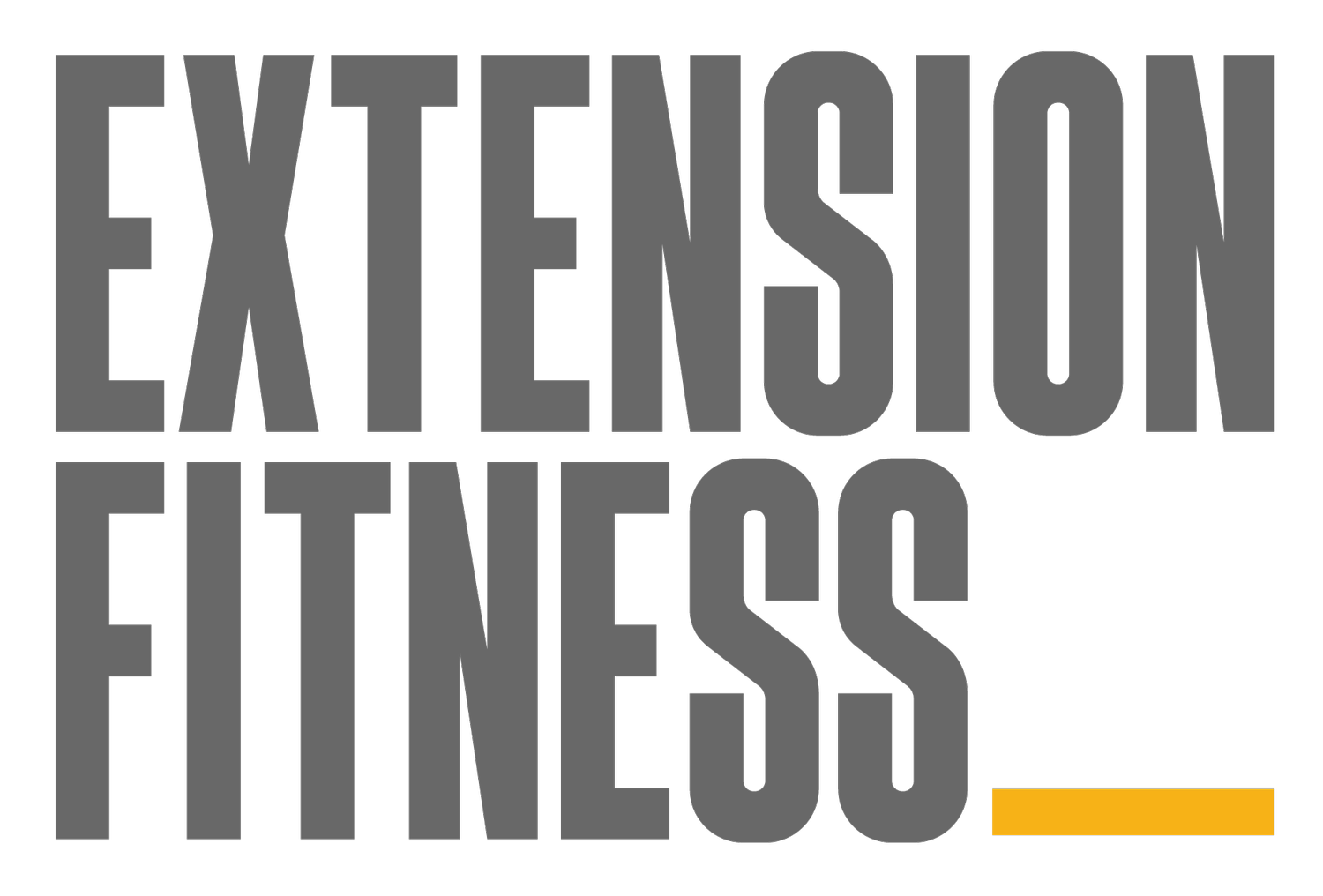
Using Strength Training To Combat Obesity
You may have seen the recommendation that you build muscle as a top priority to fight against obesity.
That's sound advice I heartily endorse.
Engaging in strength training, and building up skeletal muscle really does work for fat loss. Having more muscle raises your metabolic rate (you burn more energy).
Being stronger makes exercise easier, which means you may do it more.
Gaining strength makes everyday movement feel easier and better, so there's a fair chance your incidental activity will increase.
But there's other, more subtle, reason to focus on strength training when you're trying to lose a lot of weight - ESPECIALLY for those people who are totally new to regular, consistent exercise...

Exercise For Older Adults - How To Get It Done (With A Focus On Strength Training)
Ok, we've set the scene and laid out some general principles.
Now, let's dive in to the nitty gritty about how to engage in strength training and improve your cardiorespiratory (heart and lungs) fitness.

Exercise For Older Adults: General Principles
If you’re an older adult, and you want to start exercising - especially strength training - this article is required reading!
I've deliberately chosen that topic (as opposed to just "exercise") because strength training is more complicated and technical than straight fitness training, and people feel the need for more professional help getting started.
There's more potential for injury, and people are confused about various things (How heavy? How often? Which exercises? etcetera).
In this blog post, I'll step out exercise principles which generally apply to both fitness and strength work but with particular attention to strength training in a gym context.

Muscles, Strength & Aging - How Aging Affects Your Muscles, Nerves , Bones and Movement
Unless you've been living under a rock, you've seen articles in the media about the importance of strength training for older adults.
This year, I've fielded a number of enquiries from men and woman aged 60 and above who’ve been prodded into action through the media, or by popular podcasters like Peter Attia (author of the bestselling book, Outlive) and Andrew Huberman.
What's with that? Why does the media - and these podcasters - want you to lift weights all of a sudden?

Hypertrophy For Dadbods: Muscle Gain For Middle-Aged Men
“How do I pack on more muscle? “
So goes the primal yearning of middle-aged Dadbods across the ages.
Verily, I hereby bequeath to thee the secret knowledge. (Translation: In this article, I'll tell you how to do it. )

Unleash The Beast! My Top Ten Beast Mode Exercises
The best beast mode experience will have you moving in a way that's intuitive and somewhat low-skill, where you can focus on massive effort. You need to lose yourself in the struggle and not be all up in your head. Exercises that mimic the sort of thing a neanderthal would do work nicely (running, hitting stuff, throwing stuff - you get the picture).

Why Hire a Coach/Personal Trainer?
I’ll admit that when I started my education to be certified as a coach/PT, I didn’t have any experience as a one-to-one PT client. And I could not imagine paying for one if I had the money. “It’s a lot of money to hire a PT!” - I thought. “Why would I ever do that?” - I asked. Well, it is a lot of money - relatively speaking. Why would you do it? Why would an ordinary person spend their dosh on paying for a coach?

Kelpie Korrespondent #2: Musings and advice on running technique
If you’re at all familiar with the world of distance running, it’s likely you’re aware of an increased focus (and resultant controversies) on all aspects of running technique and running injury prevention in the last 10-or-so years.

Foundational Fitness For Office Workers
Foundational fitness is the physical capacity and the mental wherewithal to do the physically demanding things in life, and to get them done comfortably. Not easily, but comfortably.
